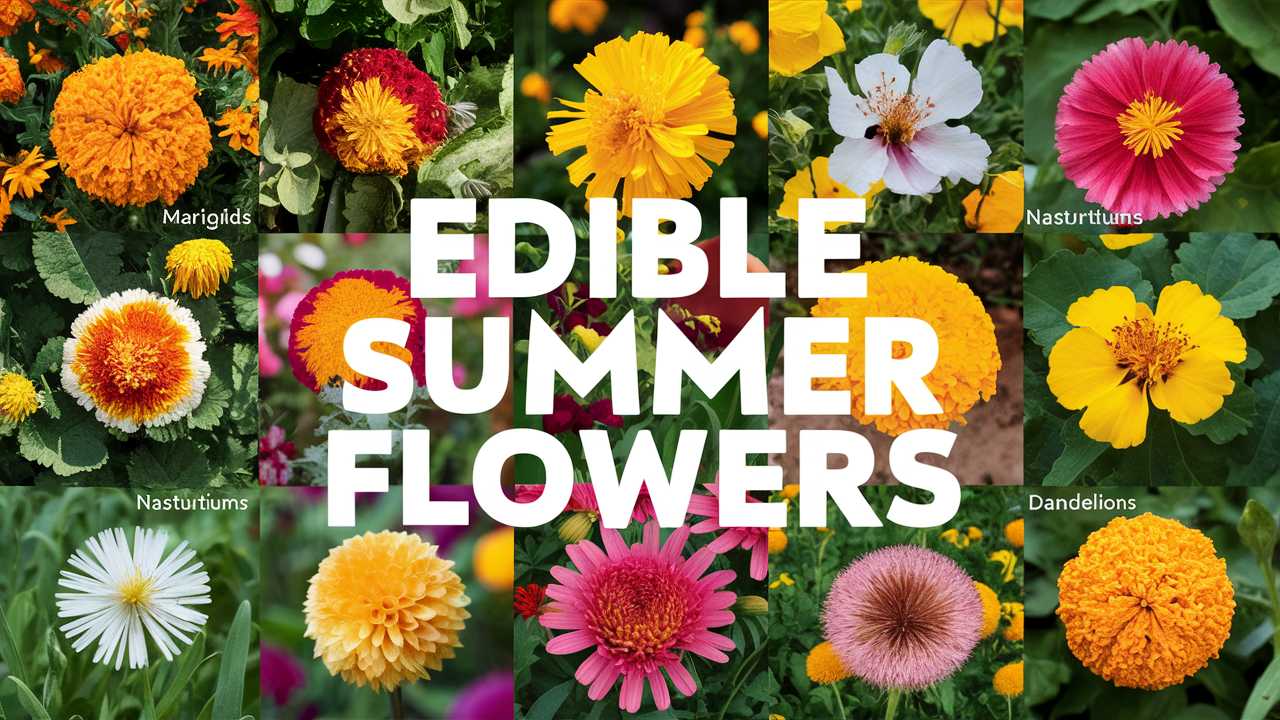Here’s a look at some wonderful summer edible flowers that can enhance your culinary experiences.
Nasturtiums
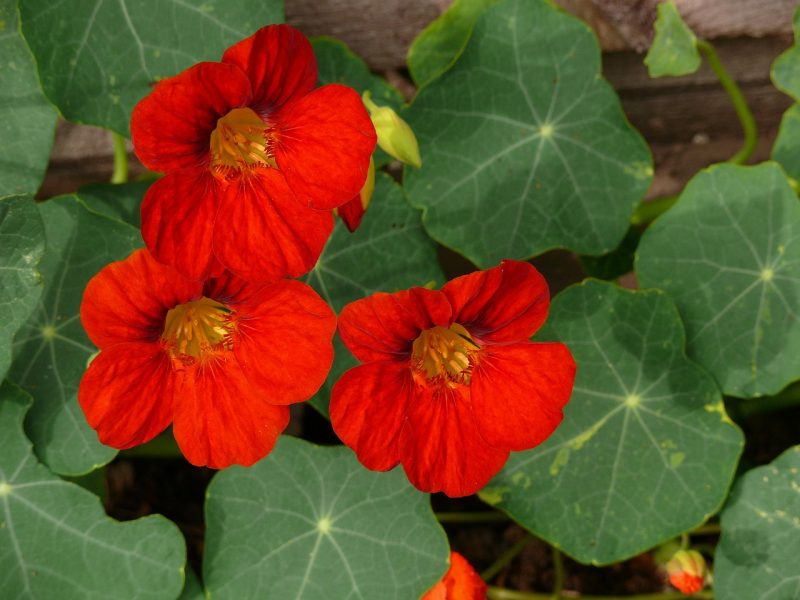
Nasturtiums are a favorite in many gardens due to their strikingly vibrant colors, ranging from orange to deep red, and their slightly peppery flavor profile, reminiscent of arugula. They thrive in poor soil conditions, making them incredibly easy to grow. Beyond their visual appeal, both the flowers and leaves are edible and pack a nutritious punch, offering vitamins A and C. These flowers make a fantastic garnish for salads, adding not just taste but also a beautiful aesthetic. Furthermore, they can be stuffed or used to decorate desserts, making them a versatile component in various culinary creations.
Pansies
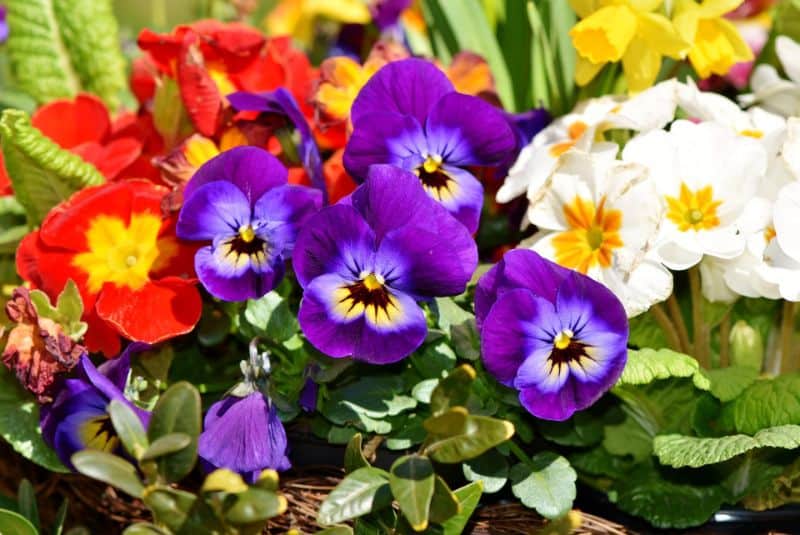
Pansies are more than just a pretty face in the garden. With their delicate blooms in a wide array of colors, they are edible and can elevate any dish. These flowers have a subtle, sweet flavor that pairs well with salads, sandwiches, and even beverages like iced teas and cocktails. Pansies are rich in vitamins and antioxidants, making them a healthful addition to your diet. When using them, consider freezing them in ice cubes for a charming touch to summer drinks or adorning desserts, allowing their beauty to shine throughout your gatherings.
Viola
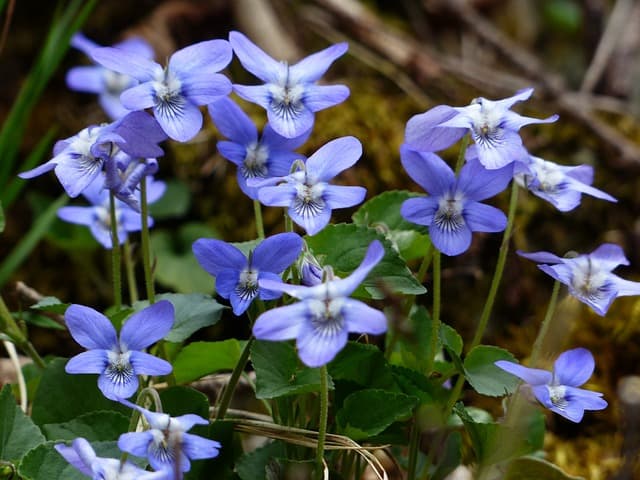
The Viola, closely related to pansies and known for its hardiness, offers a similar aesthetic and taste. Often exhibiting unique patterns, these flowers tend to be a bit smaller but are no less charming. Violas have a soft taste with hints of grassiness, making them ideal for sweet and savory dishes alike. Sprinkle them on top of cakes or use them in salads for a beautiful presentation. Additionally, their vibrant colors can brighten any plate and can also be used to create a stunning violet syrup or infused into creams for desserts.
Hostas
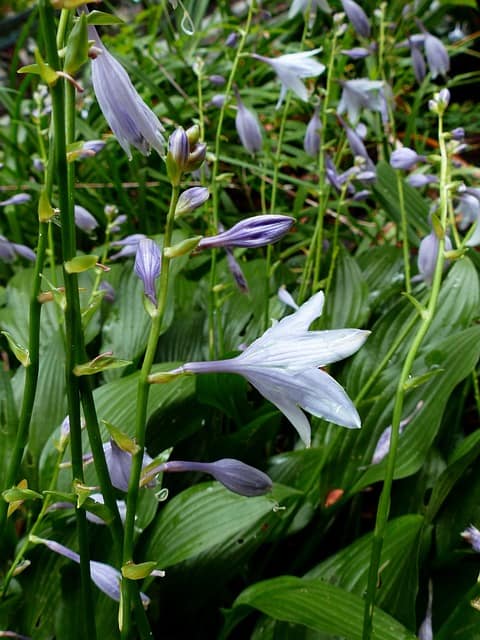
While hostas are frequently cultivated for their lush foliage, their flowers are surprisingly edible too. The blossoms, generally white or lavender, offer a mild, sweet flavor and can be consumed raw or cooked. In some Asian cuisines, hosta flowers are a favored delicacy and are often stir-fried or added to soups. Hostas are also high in fiber and packed with vitamins, making them an excellent choice for those looking to diversify their floral culinary experiences. When harvesting, do remember to pick the flowers before they fully open for the best flavor.
Borage

Borage isn’t just any ordinary flower; its star-shaped blue blooms are stunning and have a refreshing, cucumber-like taste. These flowers are high in gamma-linolenic acid (GLA), an important fatty acid beneficial for skin health. Borage flowers make an excellent garnish for salads, cocktails, or as a decorative element in cakes due to their eye-catching design. They can also be frozen into ice cubes, creating a beautiful and refreshing addition to beverages. Additionally, the leaves are edible, providing a crunchy texture and flavor that complements a variety of dishes.
Calendula
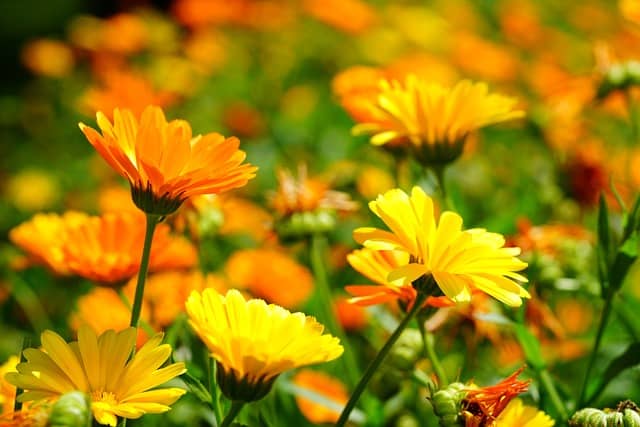
Often referred to as pot marigold, calendula is a brilliant flower with vibrant yellow and orange hues. Its petals are edible and have a slightly spicy and bitter flavor, making them perfect for enhancing the taste of salads and soups. Calendula is often used in herbal remedies for its anti-inflammatory properties, and its petals can be dried and used as a colorful seasoning. The flower not only adds zest to dishes but also boosts your meals with its health benefits, including the support of skin health and immune function.
French Marigolds
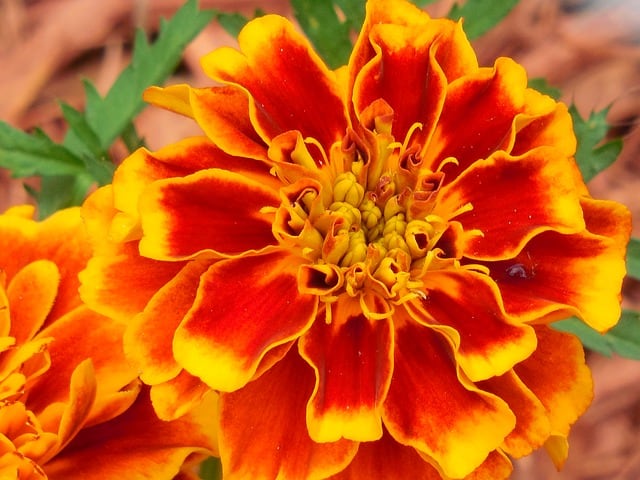
With their bright orange and yellow tones, French marigolds are not just ornamental; they can also add a distinctive flavor to your cuisine. Their citrusy taste makes them suitable for salads or as a garnish for a variety of entrees. Beyond flavor, these flowers have been used as a natural dye and have significant culinary applications in herb blends, adding a splash of color and a zesty note. Their rich antioxidant content can enhance the nutritional profile of your meals, making them as good for your health as they are for your plate.
Chrysanthemums

Chrysanthemums, or mums, are well-known for their intricate blooms and are also edible. These flowers offer a subtle and slightly peppery taste, which enhances both salads and teas. They are especially popular in Asian cuisine, where the petals might be steeped into teas for added flavor and nutrients. Chrysanthemums can also be used to create colorful garnishes for a variety of dishes. Nutrition-wise, they contain antioxidants and may contribute to overall well-being, making them a lovely addition to your culinary adventures.
Carnations
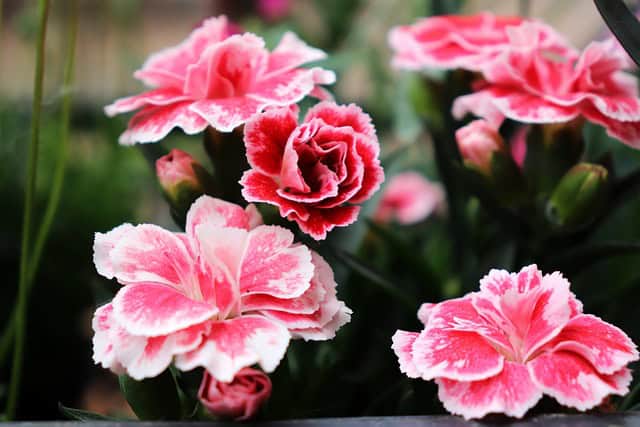
Carnations aren’t just for bouquets; they are edible as well! Their slightly spicy, clove-like flavor offers a unique twist to sweet and savory dishes. Carnation petals can be used as a fragrant garnish for salads, desserts, or even infused in syrups and jellies to add a floral hint. Additionally, they are rich in vitamins A and C, making them both a tasty and nutritious addition to your meals. With their wide range of colors, they can also bring a whimsical touch to any food presentation.
Hollyhocks
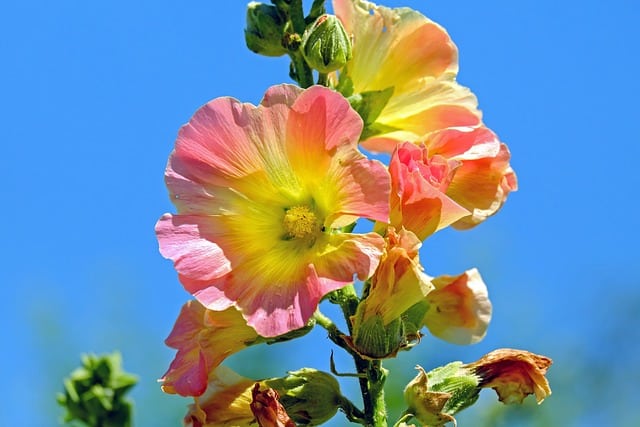
Hollyhocks, towering plants with beautiful, bell-shaped blossoms, are often overlooked when it comes to edible flowers. Their petals are edible and have a mild, slightly sweet flavor, making them a delightful addition to salads or as decoration on cakes and pastries. Hollyhock flowers come in various colors, from pink to purple, adding visual appeal to any dish. They are often used in medicine for their soothing properties and can also be steeped to make soothing herbal teas.
Sunflowers
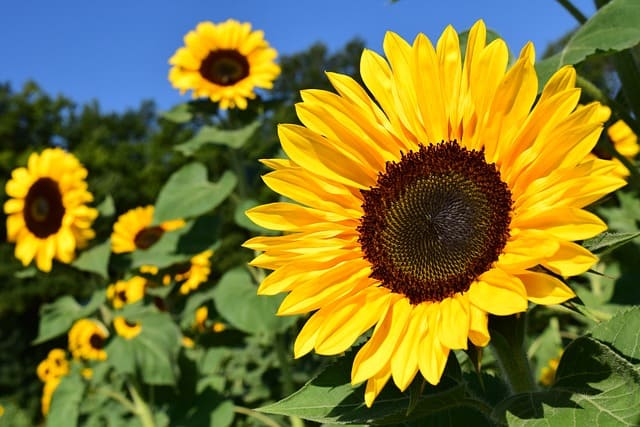
While many know sunflowers as symbols of warmth and happiness, their petals are also edible and can be a delightful addition to a summer meal. The petals have a mildly sweet flavor and can be used raw in salads or as a colorful garnish. Additionally, sunflower seeds, which can be harvested after flowering, are rich in healthy fats, proteins, and minerals, providing a complete nutritional package. The flowers are also used in tea or can be candied for a sweet treat, making sunflowers a versatile component in both savory and sweet dishes.
Cornflowers
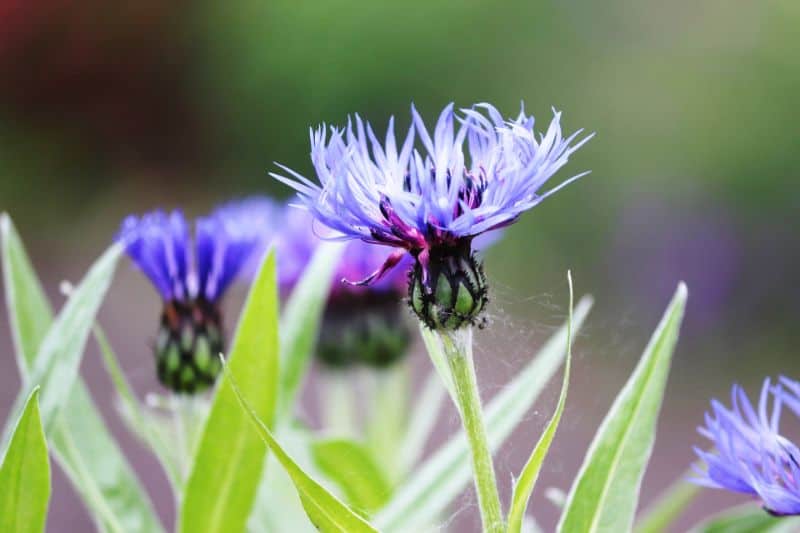
Cornflowers, with their deep blue hue, are both stunning and edible. Their mild flavor complements salads and desserts beautifully, and they can add a charming visual touch to various dishes. Often found in herbal teas or as a natural dye for food, cornflower petals are not just appealing but also provide mild anti-inflammatory properties. They can also be used to create colorful ice cubes for drinks, enhancing both flavor and presentation.
Gladioli
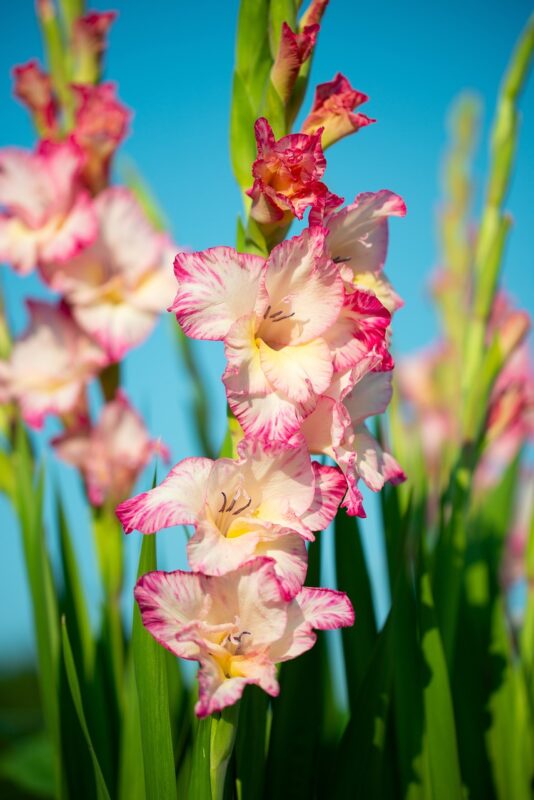
Gladioli are known for their tall, majestic stalks and stunning array of colors. Their flowers are edible and have a slightly sweet taste, making them an interesting addition to salads or as a decorative component in desserts. While the blooms may not be commonly consumed, they can be enjoyed in a variety of culinary ways. With the right care, they can add depth and beauty to your kitchen creations while providing essential vitamins and nutrients.
Honeysuckle
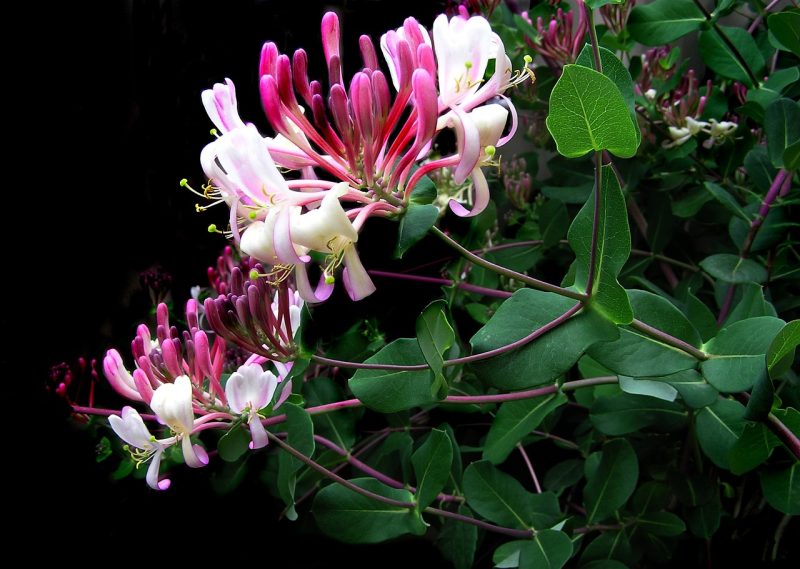
Honeysuckle flowers, known for their sweet scent, offer a delightful nectar that is as tasty as it is fragrant. The flowers can be consumed raw, adding a sweet touch to salads or desserts. Honeysuckle has been known for its medicinal properties in traditional practices, particularly for easing coughs. You can also infuse honeysuckle blossoms in water or syrups for a deliciously sweet beverage, or use them as a garnish in cocktails to elevate their charm and flavor.
Dianthus
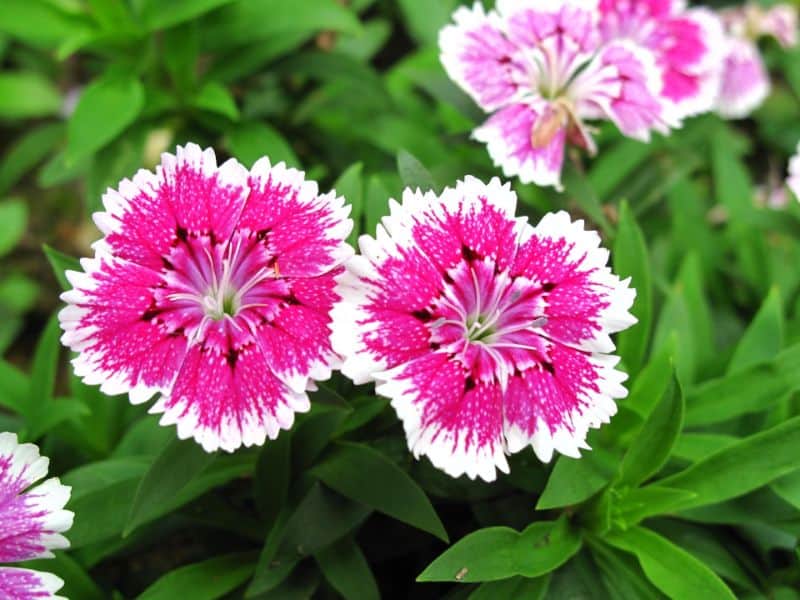
Dianthus, or ‘pinks,’ bring vibrant color and a clove-like flavor profile to the culinary table. Their petals are not only visually appealing but also packed with vitamins, making them a wonderful, edible addition to salads, desserts, and even beverages. The flowers’ striking appearance and unique flavor can enhance everything from a spring salad to a celebratory cake or cocktail, showcasing how blooms can offer fine dining elegance and exquisite taste.
Antirrhinum
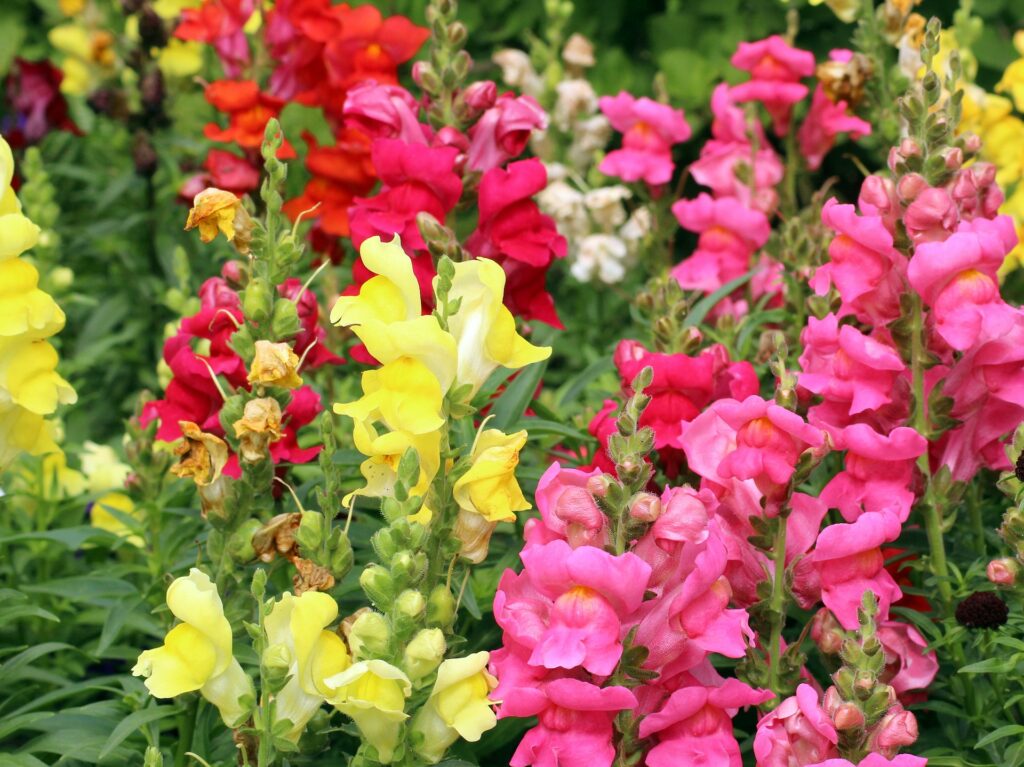
More commonly known as snapdragons, Antirrhinum flowers have a somewhat subtle flavor but are fun to eat due to their unique shape. The petals can be used in salads, and their varied colors can make any dish look more appetizing. While they are often viewed primarily as ornamental plants, incorporating snapdragons into your meals adds both aesthetic and nutritional value. They can also be used as a garnish for soups and summer drinks, making your gathering even more festive.
Tulips
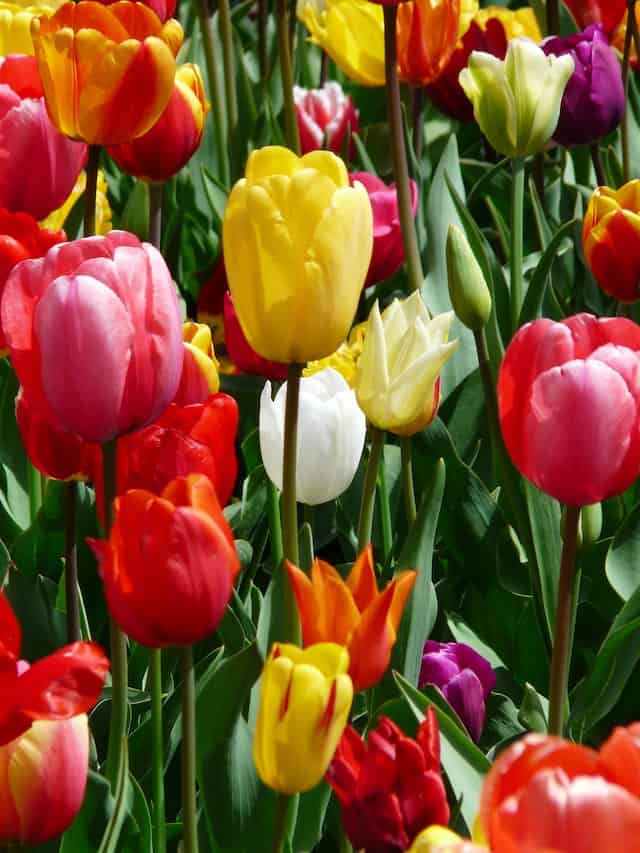
Tulips paint the springtime landscape with vibrant color, and their petals are edible too! Their taste varies, depending on the variety, but generally falls on the sweeter side. The petals can be used in salads or as a garnish for various dishes, creating a visually stunning plate of food. Tulips can also be candied for a special treat, adding a festive flair to desserts. Nutritionally, tulips contain good amounts of vitamins and can be a lovely addition to a herbal infusion, providing various health underscores.
Roses
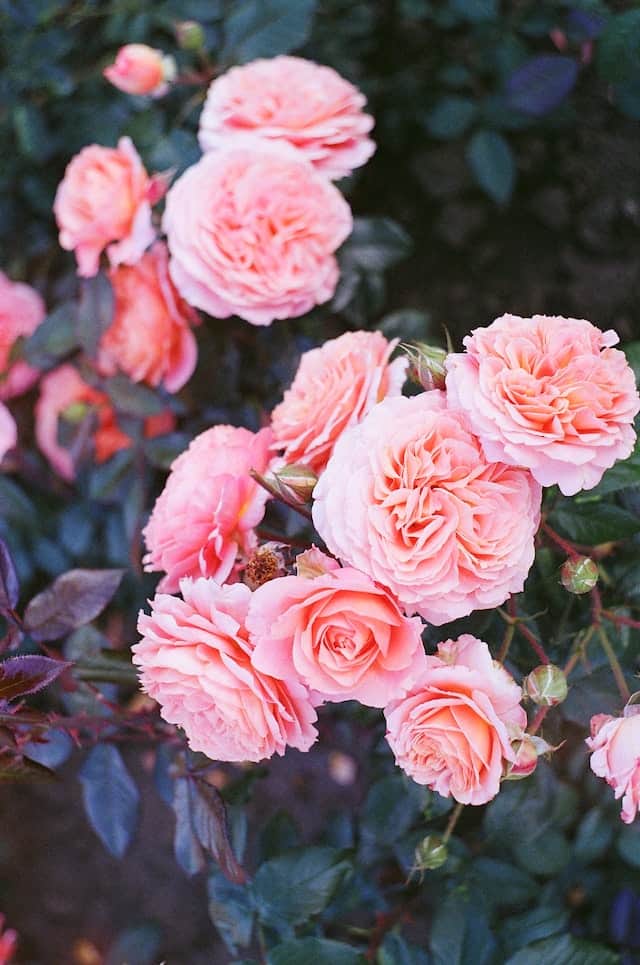
Roses are perhaps one of the most well-known edible flowers. The petals possess a sweet, aromatic flavor that can elevate dishes when used correctly. They can be incorporated into salads, desserts, syrups, and even beverages, adding a romantic touch and delightful aroma. With numerous varieties and colors, roses can be a versatile ingredient in the kitchen. Besides their culinary delights, rose petals also offer health benefits, including anti-inflammatory properties and mental relaxation.
Lavender
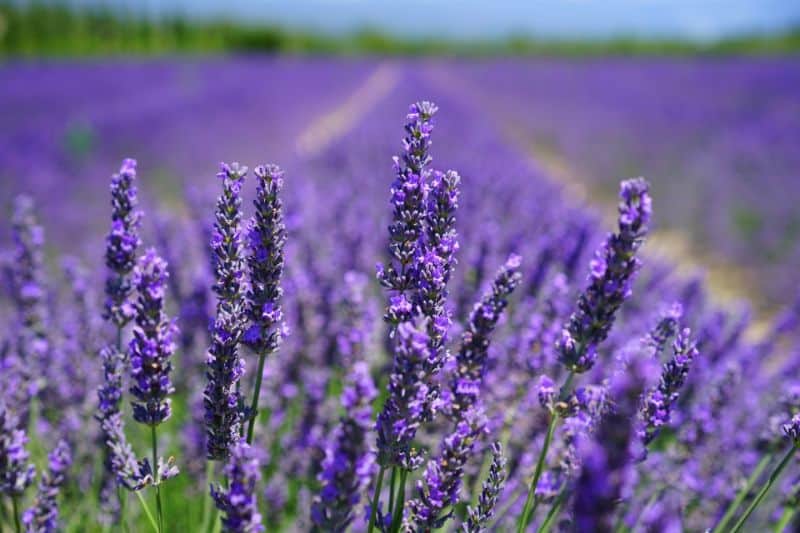
The sweet, floral aroma of lavender is well-loved in culinary practices. Its delicate purple flowers can be used in both sweet and savory dishes, providing a unique aroma and flavor. Lavender is often found in desserts, ranging from cakes to ice creams, and can also be infused into herbal teas or syrups. Additionally, lavender may help reduce stress and promote relaxation, making it not only a culinary benefit but also a wellness asset in your kitchen.
Pea Flowers
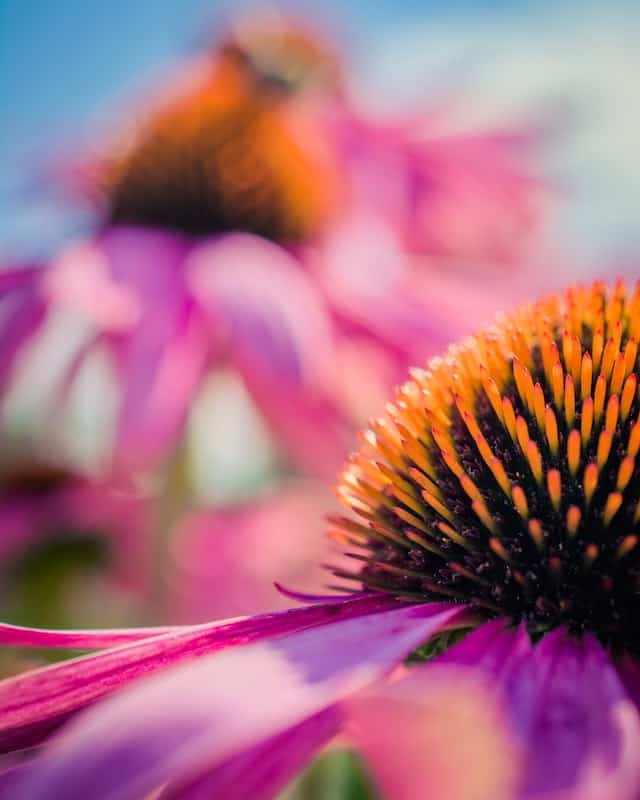
Pea flowers, often appearing in various shades of purple, are a delightful edible addition to salads and other dishes. They have a sweet, delicate flavor that pairs beautifully with their vibrant color. Besides being a visual treat, pea flowers can also be used in infusions or as a natural food color for culinary creations. These flowers contain properties beneficial to digestion, and they can add a rich dietary element while beautifying summer dishes.
Broad Bean Flowers
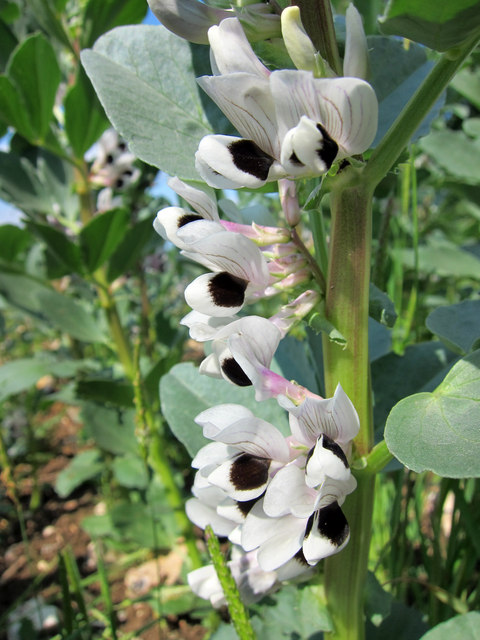
Broad bean flowers, those delicate white or purple blooms, are often overlooked but can enhance salads and savory dishes with their mild flavor. They are typically harvested before developing into beans, making them an exciting ingredient to explore in fresh produce dishes. Rich in nutrients and beneficial for health, broad bean flowers can be sautéed or eaten raw, providing culinary inspiration that makes the most of farmer’s market finds.
Onion/ Chive Flowers
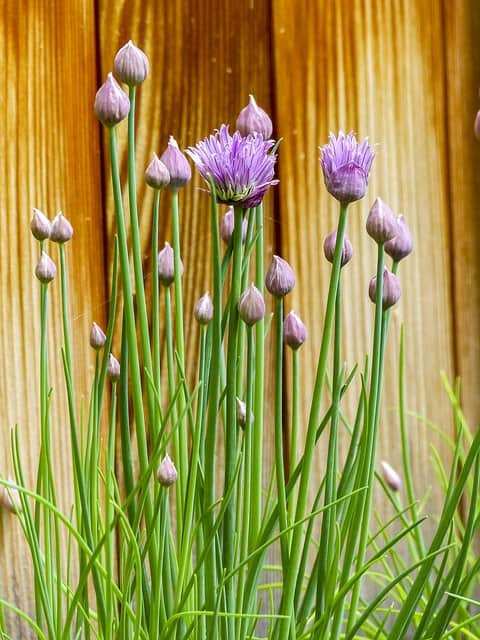
The delicate purple flowers of chives and onions are not only ornamental but also edible. They carry a mild onion flavor, perfect for garnishing salads, soups, and dips. Incorporating onion and chive flowers into your meals adds a burst of color and flavor while benefiting from their nutritional profile, including vitamins and minerals. They can also be used to make infused oils, adding an exciting culinary element to dressings and marinades.
Brassica Flower Heads
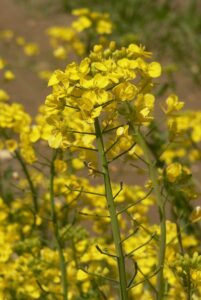
The flowering heads of brassica plants, such as broccoli and kale, are edible and packed with nutrients. These delicate yellow flowers have a slightly sweet and mustard-like flavor that can brighten salads or be sautéed lightly for a side dish. Using brassica flowers allows you to maximize your home-grown crops while providing a crunchy, flavorful addition to various meals. Rich in vitamins and phytonutrients, they are an excellent way to harness the full potential of your garden.
Pak Choi Flowers
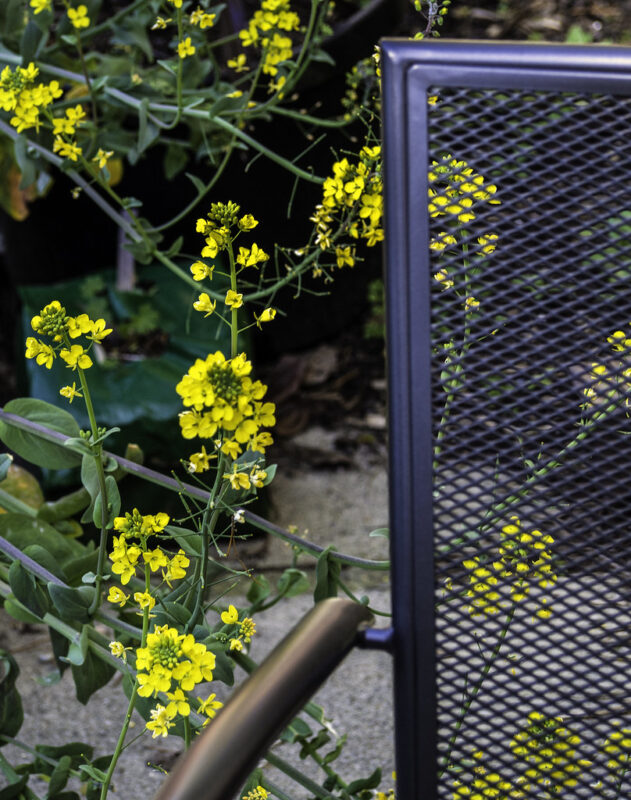
Pak choi flowers can be found in many vegetable gardens and are deliciously edible. Their delicate yellow blooms have a slightly spicy flavor, making them a fabulous addition to salads and stir-fries. Rich in a variety of nutrients, pak choi flowers provide health benefits alongside their visual appeal, allowing you to enjoy fresh flavors straight from your garden. Whether sprinkling them atop dishes or incorporating them into spring rolls, they can elevate your meals with their unique taste.
Squash Flowers
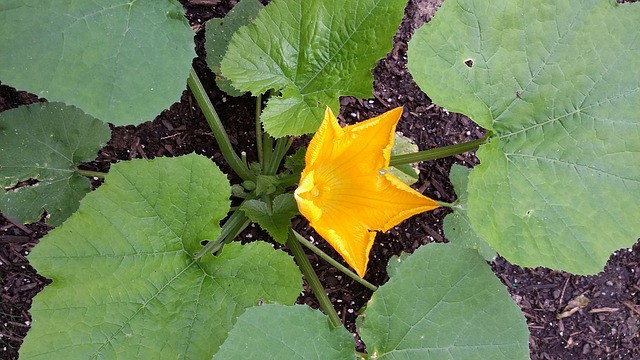
Squash flowers, renowned for their delicate, trumpet-like appearance, are not only lovely but also culinary gems. Their soft texture and mild flavor make them an ideal filling for dishes like quesadillas, ravioli, or even as a simple stuffed delicacy. Furthermore, squash flowers are lightweight and add a beautiful touch to salads, making them a memorable option for summer dining. Nutritionally, they are low in calories yet rich in vitamins, ensuring that these edible blooms support a healthful summer diet.
Dandelions
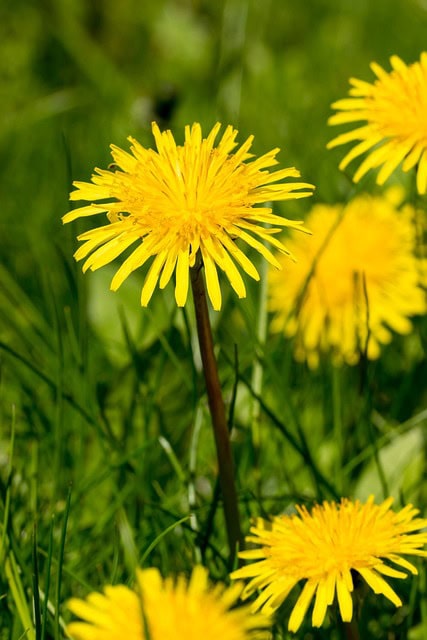
Dandelions are often dismissed as weeds, but their flowers are completely edible and packed with nutrients. With their bright-yellow blossoms, dandelions add a touch of cheer to salads and can be brewed into herbal teas. Their flavor is somewhat bitter, lending depth to dishes when used appropriately. Plus, the entire dandelion plant offers health benefits, rich in vitamins A, C, and K, as well as minerals. Dandelions are a sustainable choice for those looking to embrace foraging and culinary variety, all while enjoying the bounty of nature.
Daisies
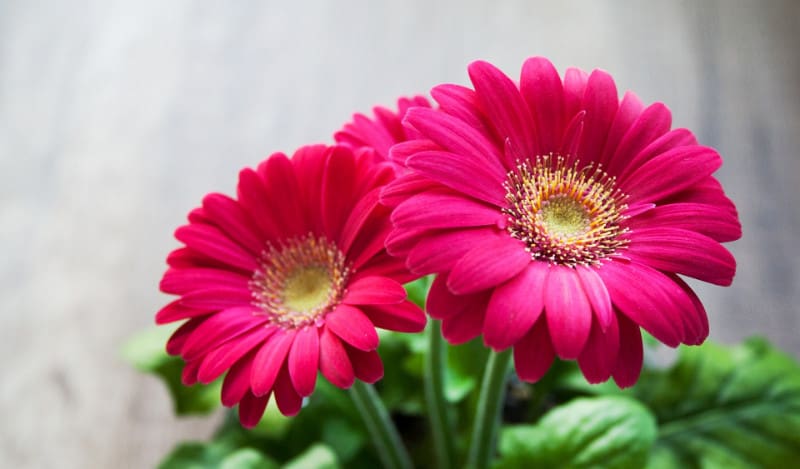
Daisies can add a playful touch to both savory and sweet dishes. Their mild flavor makes them suitable for salads and a lovely garnish for plates. Not only are they visually appealing, but they also provide beneficial nutrients, including antioxidants. Explore incorporating daisies into your culinary repertoire by using them as decoration for cakes or cookies, creating a fun atmosphere for summer gatherings. Their simplicity and charm can elevate even the most casual meal.
Chamomile Flowers
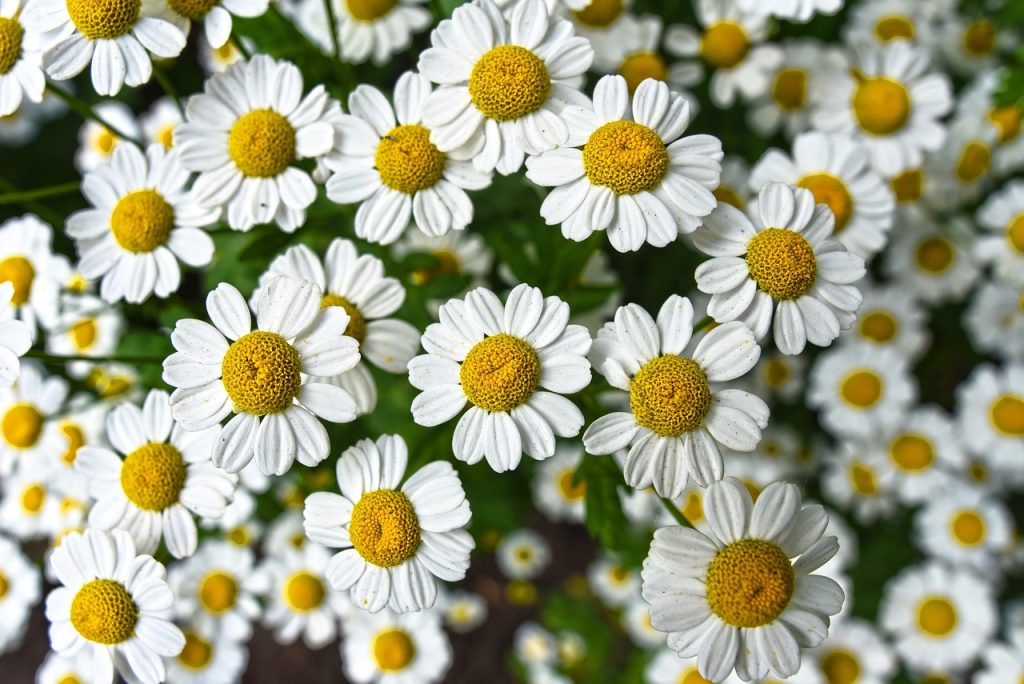
Chamomile flowers are renowned for their calming properties and pleasant taste. Used primarily in teas, these small white flowers with yellow centers can also be incorporated into sweets or garnishes. Their delicate flavor complements desserts beautifully and offers a soothing element to various dishes. Not only can chamomile enhance your culinary creations, but it also promotes well-being, fostering a relaxing experience amidst the busyness of summer.


